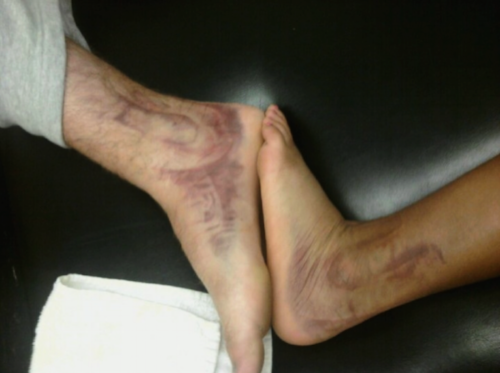Curious about how to build apps? Why should you or should not do it?
Have ideas about apps that need to be built?
Join Dr. Michael Wong, Founder of PhysioU and Associate Professor, in a short webinar discussing, "How to Build apps for Deep Learning in Physical Therapy Education"
1. Shift in consumer behavior to Mobile computing
2. Shark tank style 6 questions to ask yourself about building apps
3. Who is your target population self study results
4. App building conceptual frame work
5. The problem: Case Example of Orthopaedics Class and App development
6. Building apps about human movement
7. Developing mock ups are critical! Child Development app and Dance screening app sample
8. How to generate app content and get the programming done
9. Game development for clinical reasoning
Many PT schools are using PhysioU as the required learning tool and beta testing in the classroom. Our top-rated clinical reasoning apps are making a huge impact on thousands of students.

